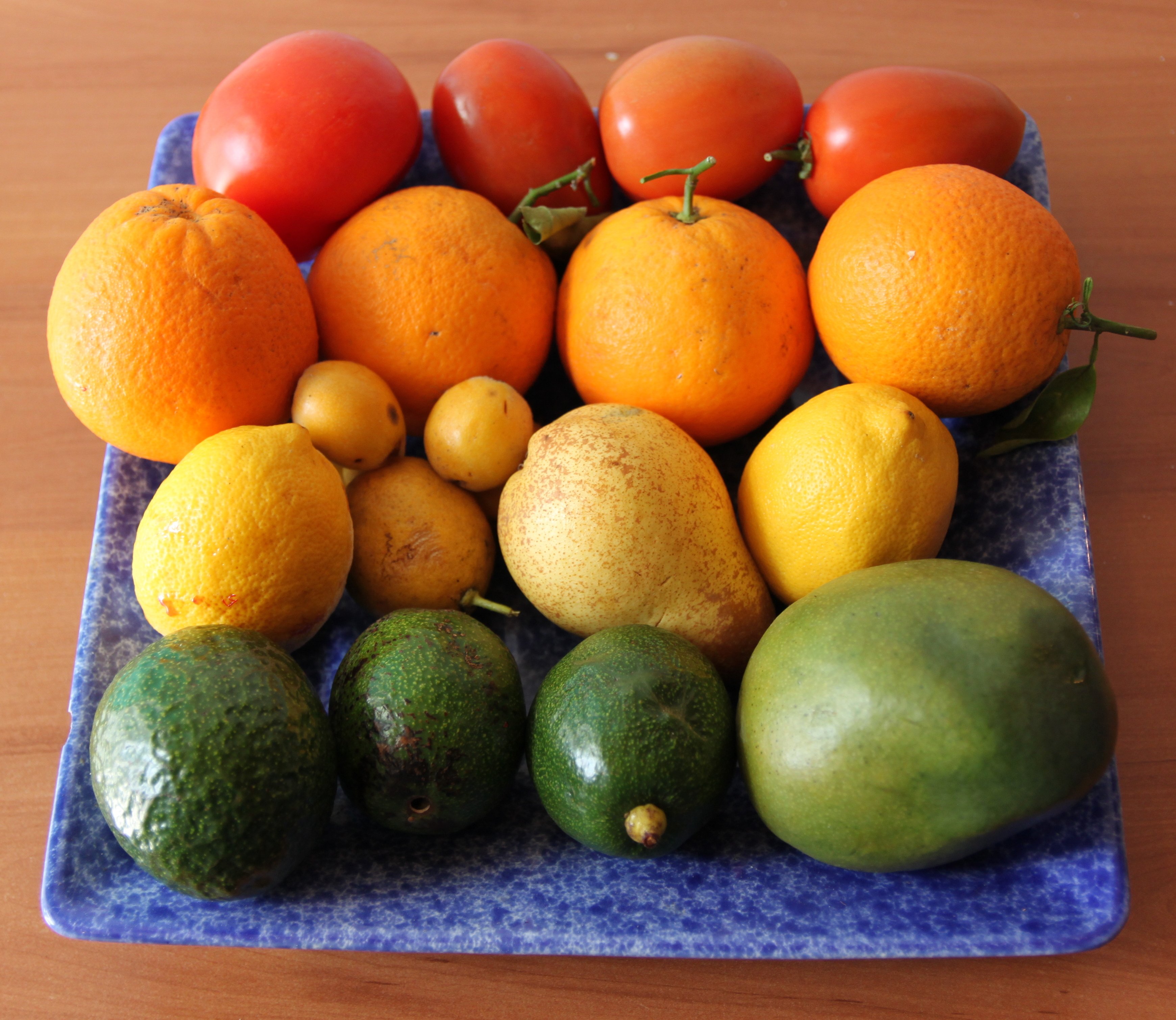Professor Sasiwarang Wannamethee is Professor of Epidemiology in the Department of Primary Care and Population Health at UCL and Director of the British Regional Heart Study. Here he discusses his Age and Ageing paper Physical frailty in older men: prospective associations with diet quality and patterns
Getting older increases the risk of becoming frail which is associated with a poor quality of life. Frailty is a common condition in older people and it increases their risk of falls, disability, hospitalization or the need for long-term care and mortality. While many older people have active independent lives well into their 80s and beyond, frail older people do not always enjoy good quality of life. Frailty is preventable and adopting certain diets may help reduce the chances of becoming frail in older age. In recent years, interest in diet and health has shifted from looking at specific nutrients to understanding the importance of overall diet quality and patterns of diet. The question is which diet quality or patterns would be beneficial for reducing conditions such as frailty in older age?
We investigated whether healthier eating patterns in older adults is associated with reduced risk of becoming frail. We studied over 900 men aged 70-92 years drawn from general practices throughout Britain who were not frail; they were participants in the British Regional Heart study. We followed these men up for 3 years to see who had become frail. Frailty was defined as having at least three of the following conditions: low grip strength, low physical activity, slow walking speed and unintentional weight loss and feeling of low energy. We assessed their dietary intake from a postal questionnaire. We examined diet quality using 2 predefined quality scores one based on the WHO healthy dietary recommendations of nutrients (the Healthy Diet indicator; HDI) and one based on the Mediterranean diet (Elderly Dietary Index; EDI). A Mediterranean style diet was assessed by how much of the following major 9 food components they usually eat, for example, meat, fish and seafood, legumes, fruit, vegetables, cereals bread, olive oil and dairy products. A higher HDI score meant a healthier nutritional diet and a higher EDI score meant better adherence to a Mediterranean style diet. We also identified three common dietary patterns: 'high fat/low fibre' (high in red meat, meat products, white bread, fried potato, eggs), 'prudent' (high in poultry, fish, fruits, vegetables, legumes, pasta, rice, wholemeal bread, olive oil) and 'high sugar' (high in biscuits, puddings, chocolates, sweets, sweet spreads, breakfast cereals).
Our findings showed that older people who had better adherence to a Mediterranean style diet, as well as those who follow a prudent diet, were less likely to become frail over the three-year period. Those who adhered most to the Mediterranean diet or those who followed a prudent diet showed about half the risk of becoming frail than those who followed it the least. By contrast those who had a high fat and low fibre diet pattern were more than twice as likely to become frail than those who had a low fat, high fiber diet. However, we found that neither a high sugar pattern diet nor the healthy diet indicator were associated with frailty. Encouraging older people to eat a Mediterranean style diet and a prudent diet or avoiding a high fat, low fiber diet could help prevent or delay becoming frail in older age.
Read the Age and Ageing paper Physical frailty in older men: prospective associations with diet quality and patterns
